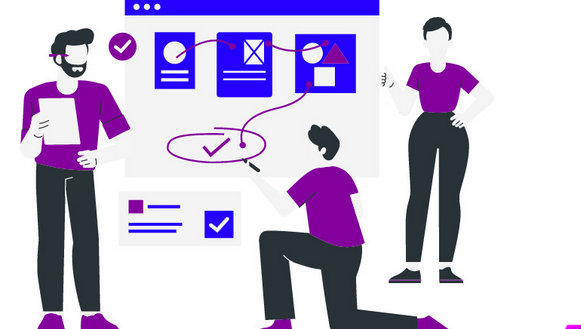Prototyping is definitely an fascinating component of product development, but it could also be complicated and overpowering, particularly for novices. A prototype is a real representation of your respective ideas which you can use to test, evaluate, and refine your product prior to continuing to move forward with prototype image generation. Within this beginner’s manual, we’ll take you step-by-step through the different phases of prototyping and provide tips on how to make a prototype that suits you.
1. Making Design and style Specs
The first step in producing a prototype is usually to create design and style requirements. These requirements serve as a information for your prototype producer and will include information like materials, proportions, and specific characteristics your prototype needs to have. Take into account beginning from a hard draw or possibly a pc-aided style (CAD) to help you far better imagine your style. Be as in depth as possible with the design and style specs to make sure that your maker can create a prototype that suits your expectations.
2. Picking the right Manufacturing Method
The next step is to decide on the producing technique that works for your project. This determination is determined by numerous variables including the complexity of your respective design and style, the types of materials you’re using, as well as your finances. Some well-known producing approaches include three dimensional stamping, injection molding, and CNC machining. Study each and every method and talk to a skilled to assist you make the most efficient selection for the task.
3. Choosing the right Supplies
The materials employed in your prototype will significantly affect the conclusion product’s high quality and sturdiness. Pick components that are readily available, easy to use, and accurate with their counsel of your ultimate product. Your materials choices may be determined by your financial allowance, industry requirements, and manufacturing method. Some typical resources employed in prototyping include plastic, metallic, wooden, and rubber.
4. Screening and Polishing
Once you have a prototype, it’s essential to test it to ensure it satisfies your requirements and useful requirements. You can do this by doing numerous exams and assessments on the prototype, which include suit, features, and sturdiness checks. In line with the testing outcomes, you may want to polish your prototype, that can assist improve its functions and efficiency.
5. Examining and Adjusting
The ultimate step is to review your prototype to make required adjustments. Soon after conducting several tests and assessments, you will have a greater comprehension of your product’s pros and cons. Utilize this information to improve your prototype well before moving forward with creation. Consider obtaining feedback from prospective customers or a concentrate group to obtain distinct views regarding how to make changes.
To put it briefly
Manufacturing a prototype is an interesting and required part of product advancement. It allows you to check, evaluate, and polish your ideas before advancing with production. Following the methods defined with this beginner’s guideline, you can create a prototype that meets your requirements and useful needs. Remember to invest some time, select the right developing technique, and choose the appropriate supplies. Examination and polish your prototype based upon your results and adapt appropriately. With determination and endurance, you can create a prototype that not only fits your needs but exceeds your objectives.



